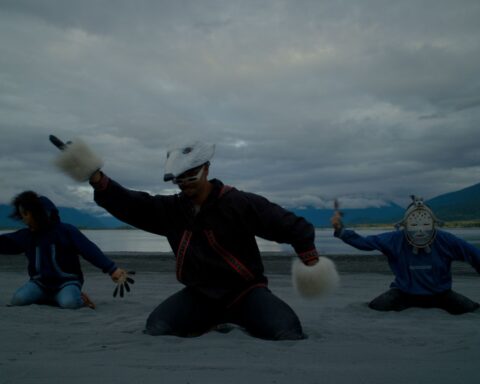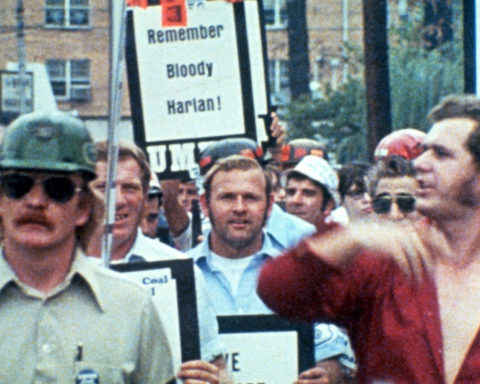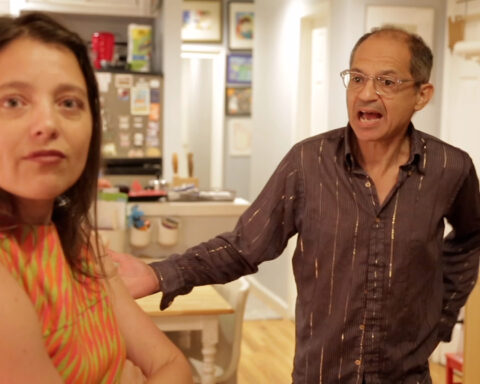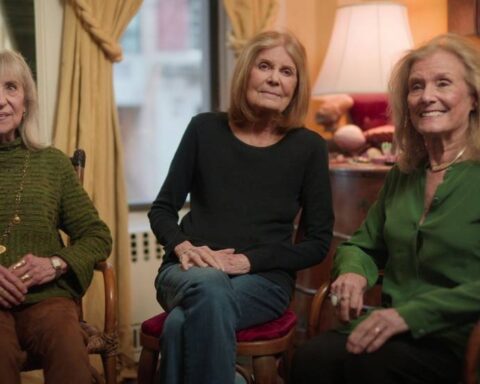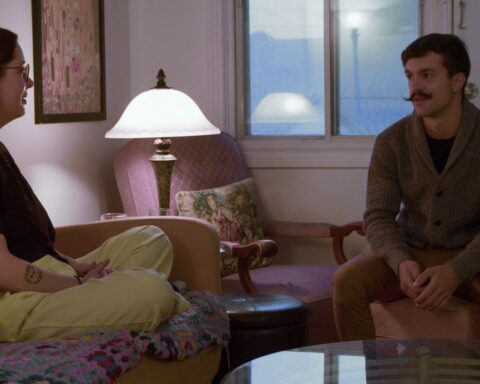Graves Without A Name
(France/Cambodia, 115 min.)
Dir. Rithy Panh
Programme: TIFF Docs (Canadian Premiere)
Rithy Panh’s cinematic excavation of the Cambodian genocide is well into its third decade, and at least its fifth aesthetic approach. 2003’s S21: The Khmer Rouge Death Machine was the first of Panh’s films to reach a wide audience: its staging of confrontations between victims and guards at a notorious prison preceded Joshua Oppenheimer’s epochal The Act of Killing (2012) by almost a decade. 2013’s animated documentary The Missing Picture took Panh’s project into new territory, adapting the advances made by Ari Folman’s Waltz With Bashir into an autobiographical narrative of his own experiences during Pol Pot’s reign of terror. Panh has also made less-lauded dramas about the events, and more essayistic films like 2016’s Exile.
Graves Without A Name weaves together essayistic voiceover, animation and talking heads with something new: ritual. The bones of the film are scenes of séance-like communion with the dead: candles are lit, water is flicked, rice is tossed, prayers are chanted, all in search of murdered relatives left to wander in perpetuity. In between, two farmers tell chilling stories of the regime’s atrocities, a voiceover recites poetic ruminations drawn from Resnais’s Holocaust classic Night and Fog (1955), among other sources, and photos of victims are made to appear in and disappear from the landscape.
As I was leaving the screening, I overheard three people announce to each other that they hadn’t understood anything that happened in the film. Panh hadn’t given them enough context. It may be true that familiarity with Panh’s oeuvre—or, at the very least, a quick scan of the Wikipedia article for the Cambodian genocide—would be a helpful primer for Graves Without A Name. Like much of the most interesting documentary work done in the past decade or so — the works of Oppenheimer, Sergei Loznitsa and Robert Greene, for instance — Graves Without A Name is less concerned with authoritative storytelling than it is with the inscrutability of history, the need to write and rewrite it, to find new ways to approach it, and, maybe, make peace with it.
M. NourbeSe Philip often says that her epic poem Zong!, about the 1781 murder of 150 African slaves on the eponymous slave ship, tells a story that cannot be told yet must be told. I should probably find a way to make that the epigram to half the reviews I write. Talking about atrocity, historical trauma, even present-day systemic injustice and violence, is anything but straightforward, and a significant body of work in the last ten years has emerged that leaves the central events as lacunae, talking around the unspeakable and unnameable and seeing what that can do. And what that can do is a lot of different stuff. From this instinct, Oppenheimer has discovered a howl against injustice; Loznitsa, a melancholy totem to the arbitrary and overwhelming forces of history; Greene, a surprisingly hopeful excavation; and Panh, a prayer.
That’s as close as I can come to categorizing Graves Without A Name: a cinematic prayer. If the film feels elusive, it’s because it’s after something intangible, maybe impossible: healing.





